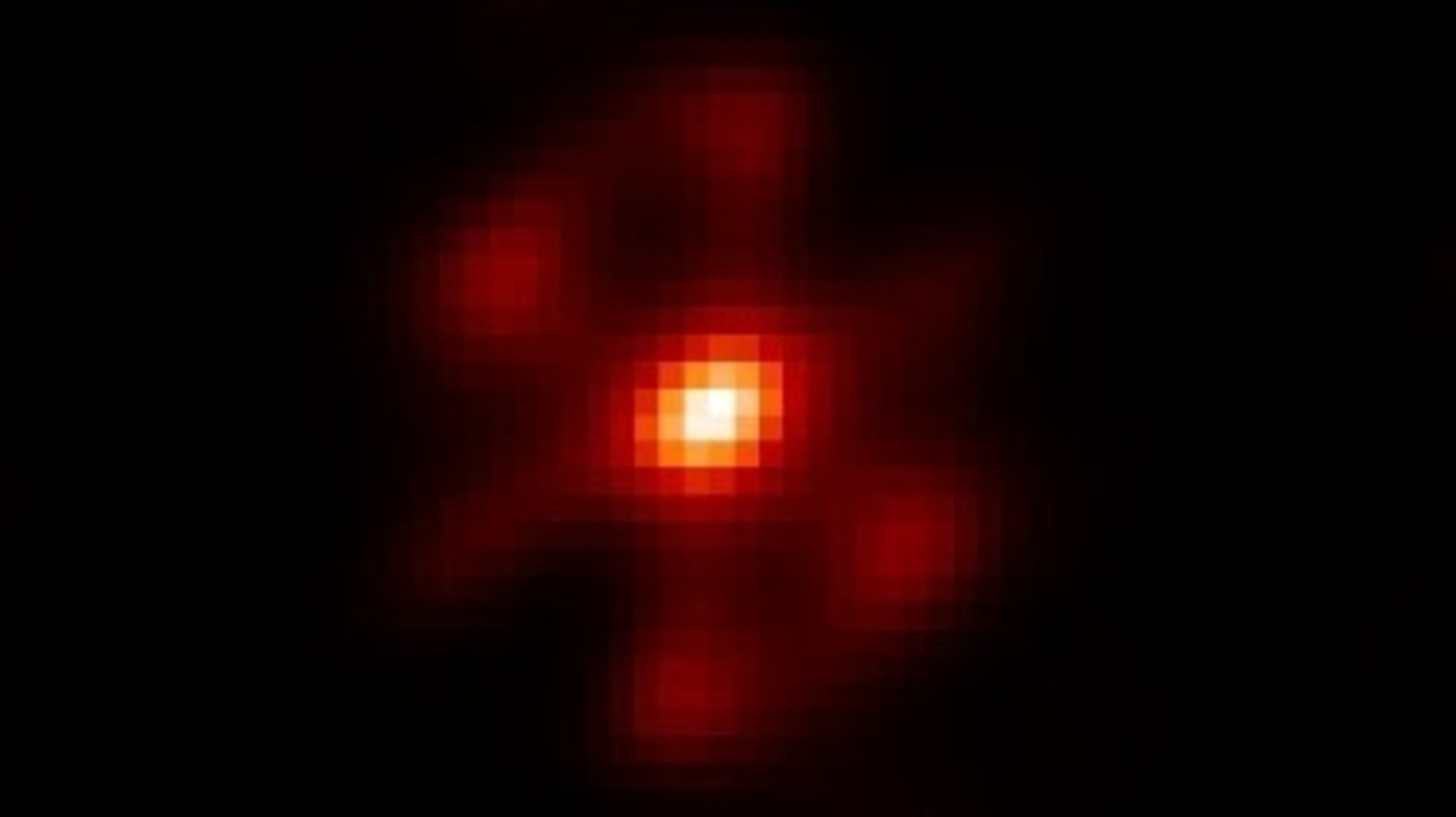8 European Space Missions Get Extensions

The European Space Agency (ESA) has extended the operational life of eight missions, including its billion-star-mapping Gaia project and its Mars Express orbiter.
The Gaia spacecraft launched in December 2013 on a five-year mission to help create a detailed, 3D map of the Milky Way galaxy. This mission has received a 17-month extension, from July 2019 to December 2020, ESA officials announced Thursday (Dec. 7).
Mars Express, which arrived at the Red Planet in December 2003, got a two-year extension, as did the XMM-Newton space telescope and the Solar and Heliospheric Observatory (SOHO), a joint ESA-NASA mission. All three missions are now funded through at least the end of 2020.
The INTErnational Gamma-Ray Astrophysics Laboratory, or INTEGRAL, received a one-year extension, through the end of 2019. This mission, a collaboration with Russia and NASA, launched in October 2002 to study high-energy space radiation.
In Thursday's announcement, ESA officials also confirmed that the agency will continue to contribute to the Japan-led Hinode sun-studying mission and the Hubble Space Telescope and Interface Region Imaging Spectrograph missions, both of which are led by NASA.
These extensions were approved by ESA's Science Program Committee during a meeting at the agency's headquarters in Paris on Nov. 21 and Nov. 22, officials said in the announcement.
Follow Mike Wall on Twitter @michaeldwall and Google+. Follow us @Spacedotcom, Facebook or Google+. Originally published on Space.com.
Breaking space news, the latest updates on rocket launches, skywatching events and more!

Michael Wall is a Senior Space Writer with Space.com and joined the team in 2010. He primarily covers exoplanets, spaceflight and military space, but has been known to dabble in the space art beat. His book about the search for alien life, "Out There," was published on Nov. 13, 2018. Before becoming a science writer, Michael worked as a herpetologist and wildlife biologist. He has a Ph.D. in evolutionary biology from the University of Sydney, Australia, a bachelor's degree from the University of Arizona, and a graduate certificate in science writing from the University of California, Santa Cruz. To find out what his latest project is, you can follow Michael on Twitter.
